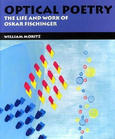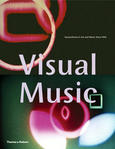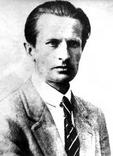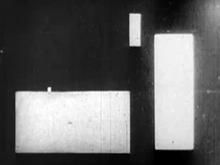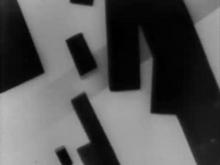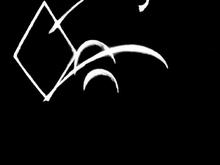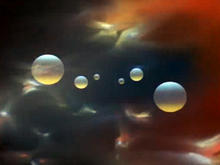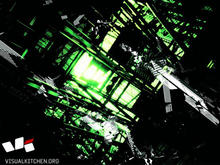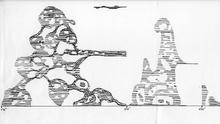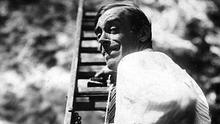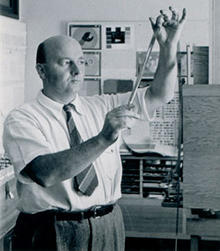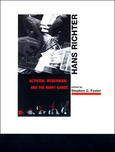Diagonal Symphony
(1924)- original title: Symphonie Diagonale. In Diagonal Symphony by Viking Eggeling, the emphasis is on objectively analyzed movement rather than expressiveness on the surface patterning of lines into clearly defined movements.
In this piece, Viking Eggeling (1880-1925) experiments with film as a new means of expression, adding a dimension that is inaccessible to the artist as painter: time. This revelation enables him to use movement as matter, which is why he constructs his Diagonal Symphony like a painting in motion. The rhythm provides a silent harmony of images.
Swedish painter and film-maker Viking Eggeling lived and worked in Paris, where he befriended artists Modigliani, Arp and Kiesling. In 1918, in Zurich, the writer Tristan Tzara introduced him to Hans Richter, the German Dada artist, film-maker and writer. It was the beginning of a fruitful collaboration. In 1920, the two artists began experimenting with film, assisted by the German UFA studio special effects technicians.
Eggeling moved to Berlin in 1921, where he continued his work on Horizontal-Vertical Orchestra (Vertikal-horizontal Symphonie). He kept company with a number of artists from the Bauhaus school, the Dada group November and the journal De Stijl. In 1923, he met Erna Niemeyer-Soupault and worked with her on Diagonal Symphony, a film that has left its mark on generations of film artists, including Oskar Fischinger, Walter Ruttmann and Norman McLaren.
In 1924, Eggeling held a private showing in Paris for Fernand Léger. The first public showing took place on 3 May 1925 in Berlin. Viking Eggeling died two weeks later on 19 May 1925.
Source: Europa Film Treasures

